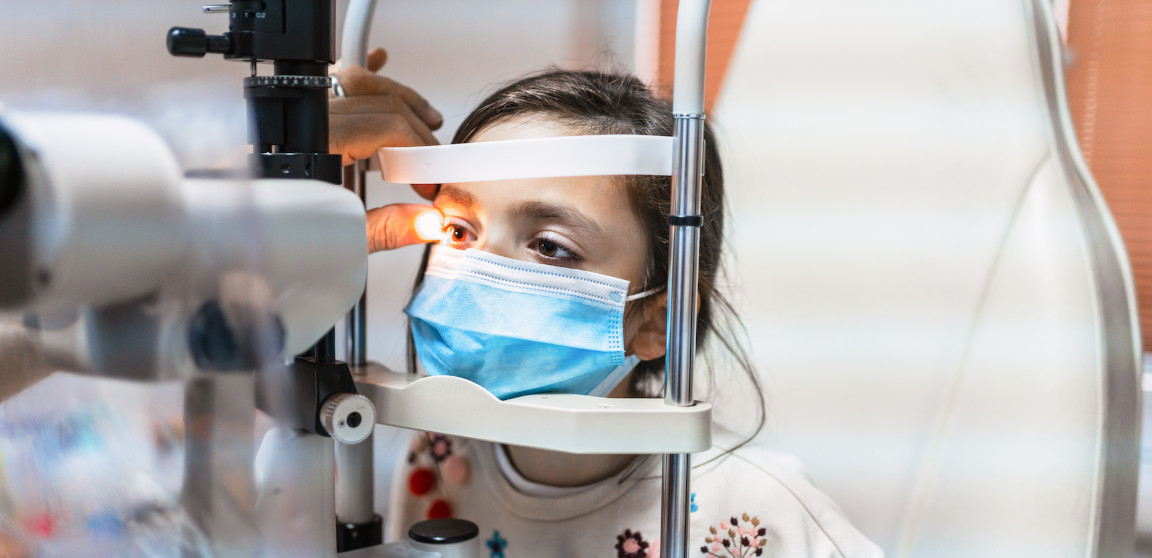If your kids have been wearing glasses for a while, they may soon be asking for contact lenses. It’s a natural progression as they get older and become more conscious of how they look. But what age is appropriate? When will they be ready for the responsibility? The short answer is, it really depends on the kid.
As a pediatric optometrist, I get asked these questions a lot. Every child is different. Some kids are ready for the responsibility as young as 6 and some 16-year-olds are not. To help parents consider contact lenses for their kids, I have compiled a list of questions to ask themselves:
8 Questions to Help Parents Decide if Their Kids Are Ready for Contact Lenses
1. How old is my child?
The number isn’t as important as their ability to be responsible (see below). I would say that the average age when kids start asking and their parents start feeling more comfortable with it is around middle school. A research study found that younger children tend to be more compliant and take better care of their contacts than older teenagers.
2. Is my child responsible?
Taking care of contacts is a big responsibility—not only to keep them clean to avoid infections, but to make sure they’re handled with care. Do they take care of the glasses that they have now? A study published in Pediatrics found that about one-fourth of the more than 70,000 emergency room visits each year for injuries and complications from medical devices are related to contact lenses.
3. Does my child follow directions and rules?
Parents will need to set and enforce ground rules around the use of contacts to help avoid eye infections and injuries. These rules should include no sleeping in the lenses; keeping them away from water; wearing, cleaning, replacing and storing them properly; keeping all eye doctor appointments; and removing contacts when there is any redness, irritation, pain or light sensitivity. If those symptoms do not resolve, contact your eye doctor.
4. Does my child have good hand hygiene?
Will they wash their hands every time before they touch their eyes or contacts? Do they keep their nails short? Good hand hygiene is imperative to preventing infections. Improper wear and poor hygiene can lead to serious infections and in the worst of cases, blindness. We like to encourage daily disposable lenses to help reduce the risk.
5. Does my child have good dexterity?
As adults we probably don’t think about it much, but putting contacts in requires good fine motor skills.
6. Do we have extra time in the mornings now?
It can take a while to get the hang of putting contacts in. They may need parental assistance at first, and the extra time will help.
7. Can we afford the extra expense?
It is not recommended for children to wear contacts during all of their waking hours. They should not wear them more than six days per week, and no more than 12 hours on the days they are worn. Therefore, a pair of glasses with a proper prescription will be needed on the days/times when they aren’t wearing contacts.
8. Does my child play sports?
There are some sports in which wearing contacts can be more convenient and comfortable. Those include outdoor sports where sunglasses or ski goggles are needed, or ones that require fitting a helmet overtop of glasses and their straps.
I would like to caution against purchasing contacts online without a prescription. The cool colors, especially for Halloween, are temping but it can be dangerous and it is actually illegal to purchase contacts without a prescription. A licensed eye care provider will ensure that they are safe and fitted properly.
To learn more about the ophthalmology services at Cincinnati Children’s, call 513-636-4751 or fill out an online form for more information.





